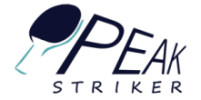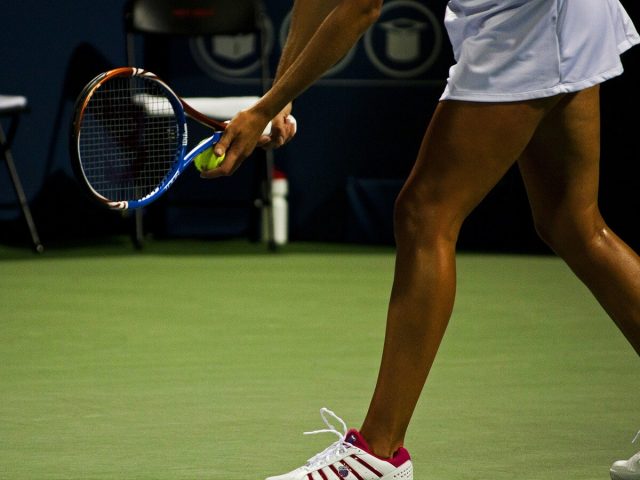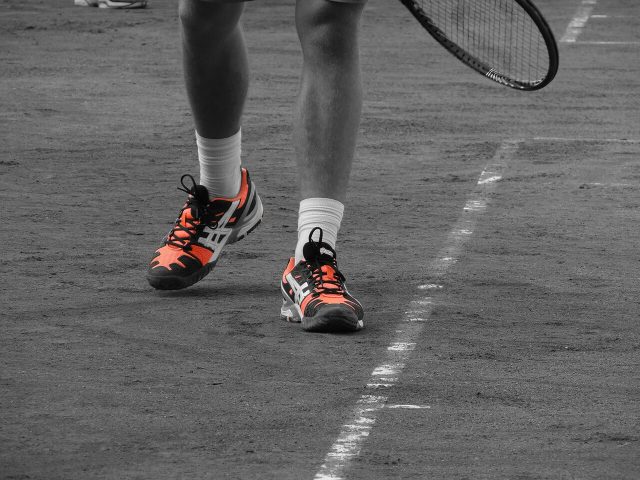Clinically known as lateral or exterior epicondylitis, tennis elbow is a common condition associated with tennis players. Tennis Elbow often occurs due to strenuous overuse of the tendons and muscles of the elbow joint of the forearm. It is an over use injury that commonly occurs at this junction.
Note that this area is stuffed with a large number of pain receptors. This makes the are tender to touch and extensively sensitive.
There are two main classifications of Tennis Elbow. They include:
- Acute injuries – these injury types occur immediately after the activities. Some of the activities include hitting a backhand shot with poor technique. This suddenly overloads the extensor muscles on the wrist extensors causing micro tears.
- Chronic injuries – they develop over a period (days and weeks). Such injuries follow successive bouts of intense activities that your arm could be unaccustomed to.
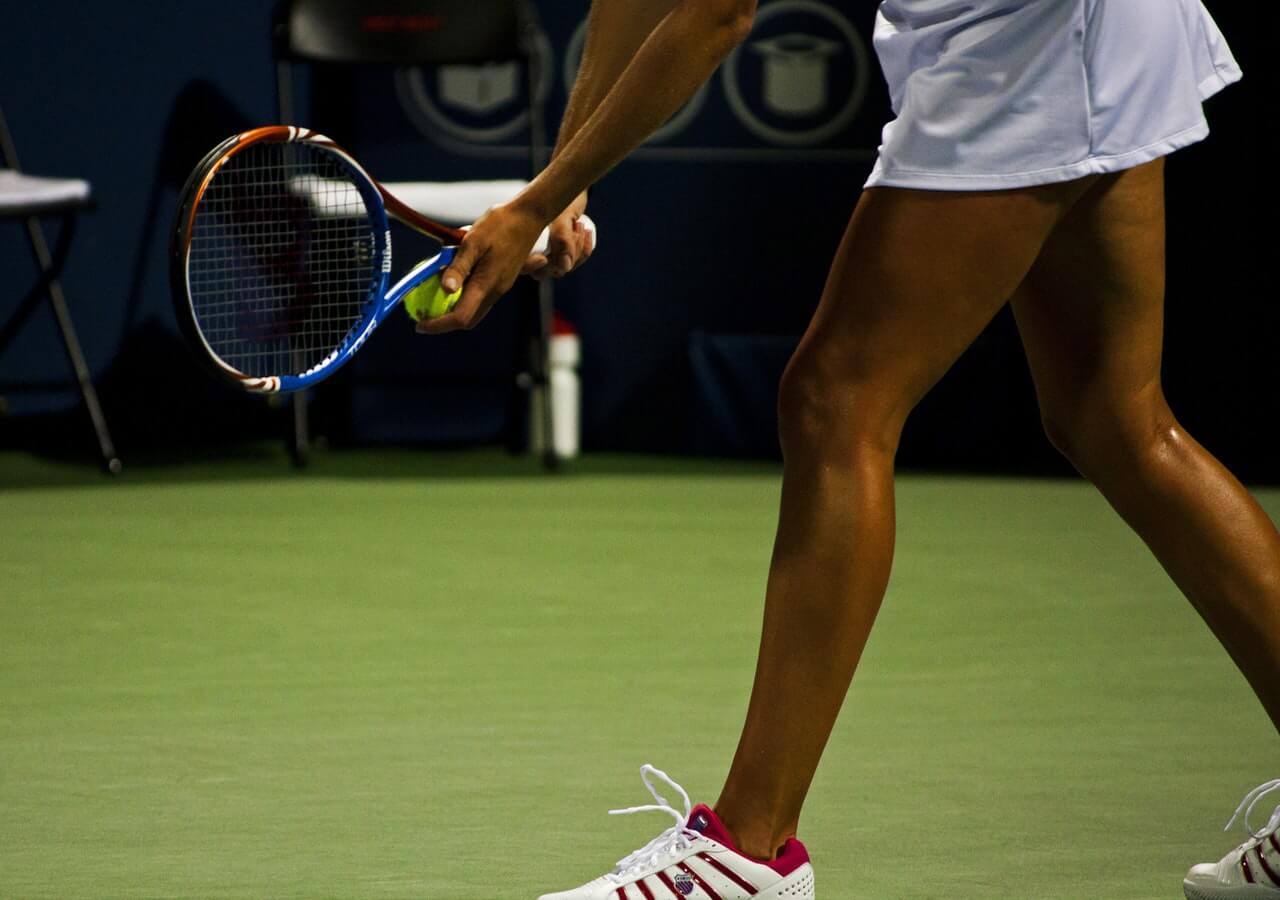
That said, Tennis Elbow can occur to anyone who strains the forearm tendons and not only tennis players.
What Causes Tennis Elbow?
Tennis Elbow, in a nutshell, is a repetitive stress injury due to arm overuse. That said, any activity that results in stress or strain within the elbow muscles repeatedly can cause it. Just to mention, the elbow is surrounded by muscles that enable that facilitate the movement of elbows, wrist, and fingers. On the other hand, tendons connect the bones to muscles and control the muscles of the forearm.
With repetitive strains, tiny tears and inflammation develop on the muscles and tendons. Repetitive motions or actions that may cause this condition include playing tennis, excessive use of a hammer, screwdriver, painting and hedge clipping. Narrowing to tennis, using maneuvers or poor techniques can cause this condition. Some of the maneuvers include:
- A late forehand swing that bends the wrist significantly.
- One handed backhand in a poor form.
- Snapping and turning the wrist especially when serving with power.
Prevention of Tennis Elbow
Prevention is certainly better than cure. Professional tennis players of other persons with expertise in undertaking various activities that may cause this condition rarely get this condition. The main reason is that their bodies have conditioned to the demands of these activities.
Besides, they have learned good techniques to avoid Tennis Elbow. This leaves amateurs overly exposed to the condition. Some of the top prevention tips to avoid tennis elbow injuries include the following:
Use of correct technique
Tennis aficionados will attest that the tennis ball hits the racket at a speed of more than 80 miles per hour. A great percentage of this impact and overall energy is focused directly on the forearm attachment muscles which may result in minor tears and injuries. As mentioned before, a backhand technique is a common technique resulting in this injury.
Therefore, to avoid this, it is of much essence to ensure that your wrist is not bent when hitting the ball. A firm wrist ascertains equal energy distribution throughout the arm and not focused on the lateral epicondyle.
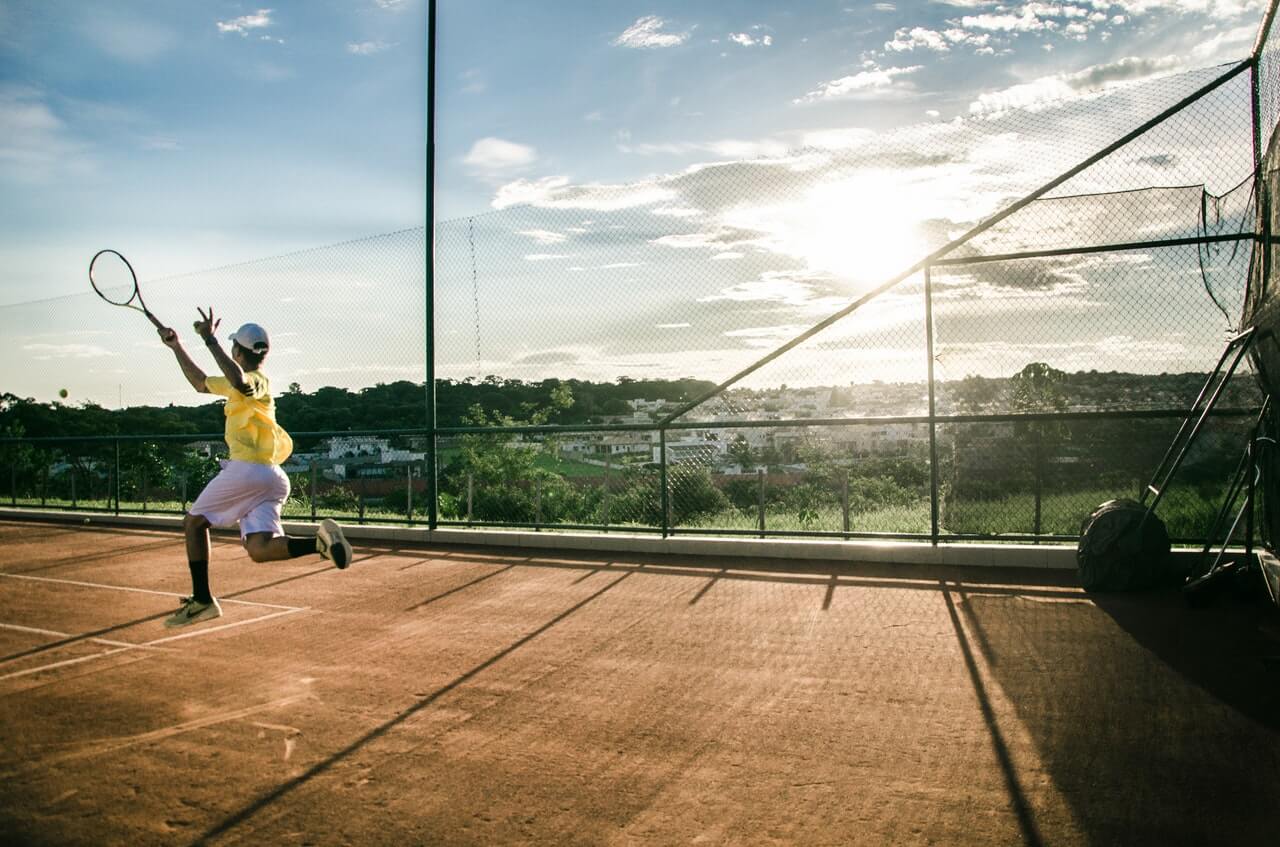
About equipment and facilities
- String tension – avoid high tension in strings. High tension results to great forces being imparted in the arm which may result in injuries.
- Grip size – ensure that the distance from the midline of your hand to the tip of middle finger is equal to the circumference of racket handle.
- Wet balls are heavy and may increase forces at the elbow.
- Court surface – surfaces made from grass or concrete bounce off the ball at a higher speed compared to other surfaces.
- Footwork – have some good footwork to get in the correct position to play the ball.
Gradual return to fitness
Ensure that you return to full fitness in step by step process. Rush rehabilitation may actually worsen the injury. That said, tennis players should begin with strengthening exercises before starting on racket work.
Signs and Symptoms of Tennis Elbow
Some of the signs and symptoms of Tennis Elbow include the following:
- Pain or ache is the primary symptom of this condition. Ache manifests outside the elbow and turns from acute to chronic pain with time. This makes the elbow painful to touch. Eventually, you will find it hard to lift or grip things.
- Tenderness on the outside aspect of the elbow.
- Morning stiffness in the elbow.
- Soreness of forearm muscles.
Diagnosis of Tennis Elbow
Upon visiting a doctor, the following diagnostic techniques can be used to diagnose this condition.
- A medical history where the doctor inquires on your activity levels, occupation and medications.
- A physical examination which involves palpation of the elbow muscles, nerves, and the skin.
- X-ray studies
- Nerve studies to identify entrapment of the radial nerve.
Treatment of Tennis Elbow
Like other symptomatic conditions, treatment of Tennis Elbow targets alleviating symptoms of pain and inflammation. Procedural treatment also involves gradually increasing load adoption in the elbow through exercises. Treatment measures include:
- Ice and compression – this should be done within the first 72 hours following the injury. Alongside this, apply the PRICE principle which includes Protection, Rest, Ice, Compression, and Elevation.
- Protection – protect the elbow from further damage by wearing an elbow brace. This reduces tendon strains as well as facilitating a faster healing.
- Rest – this is perhaps the most important part of Tennis Elbow treatment. Avoid continuous use of the affected elbow to provide ample recovery time. That said, avoid gripping of heavy things, using a screw driver, playing a backhand tennis and even opening heavy doors.
- Sports massage – this is useful especially for chronic conditions. Friction massage, specifically, is often done at the point of tendon insertion. Ensure that this is done by professionals.
- Exercises – stretching and strengthening exercises are essential aspects of rehabilitation programs. Perform the exercises once elbow pain reduces.
- Surgery – this is the last and rarely done treatment option for Tennis Elbow. Operations are preferred when the condition doesn’t respond to conservative treatments such as ice, rest, and protection.

Conclusion
Tennis Elbow is a common condition that is not entirely subjected to tennis players. Anybody involved in elbow-muscles straining activities is exposed to this condition. Awareness of this condition is a primary prevention measure.
You should also observe good playing techniques to avoid the occurrence of this condition. Nevertheless, Tennis Elbow can be treated with utmost effectiveness.

